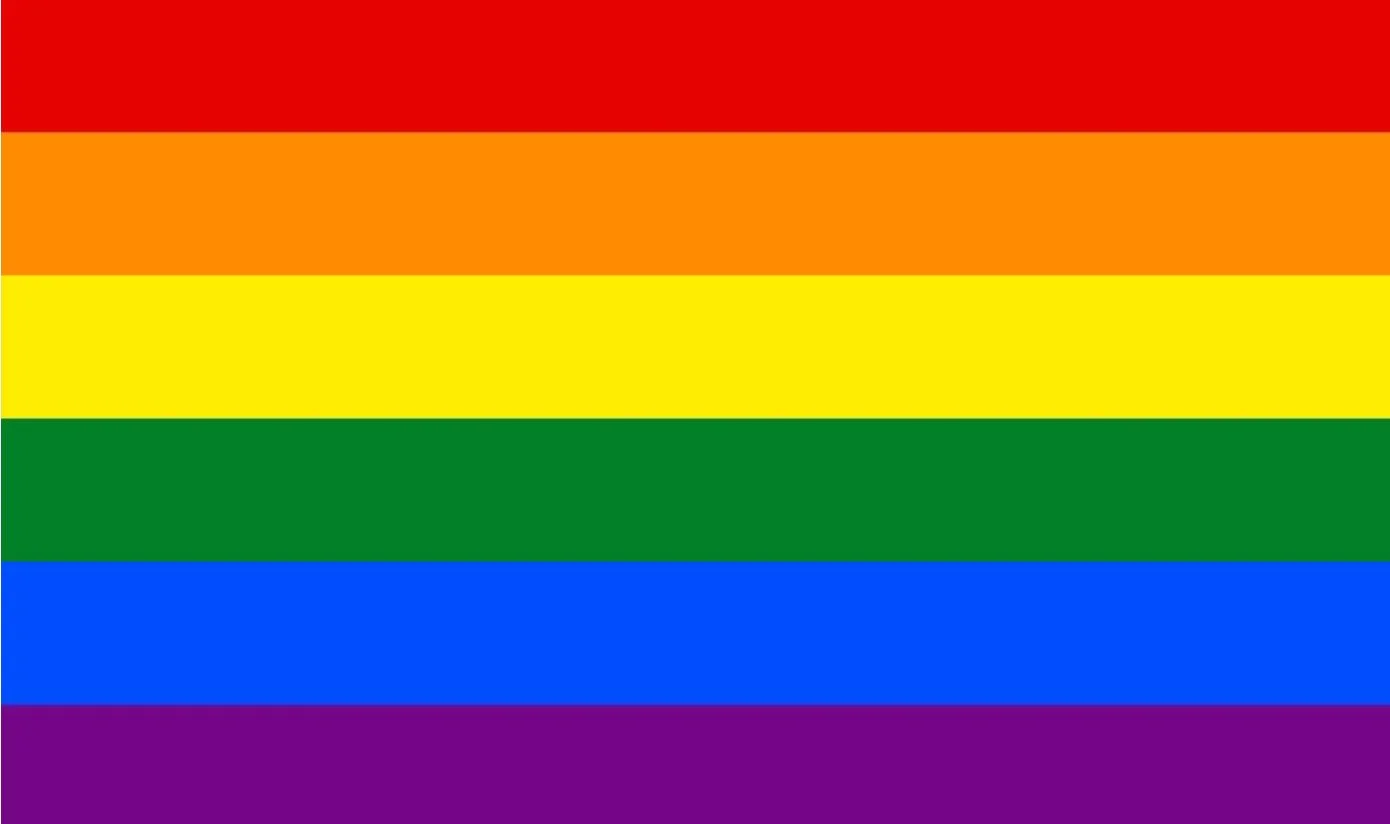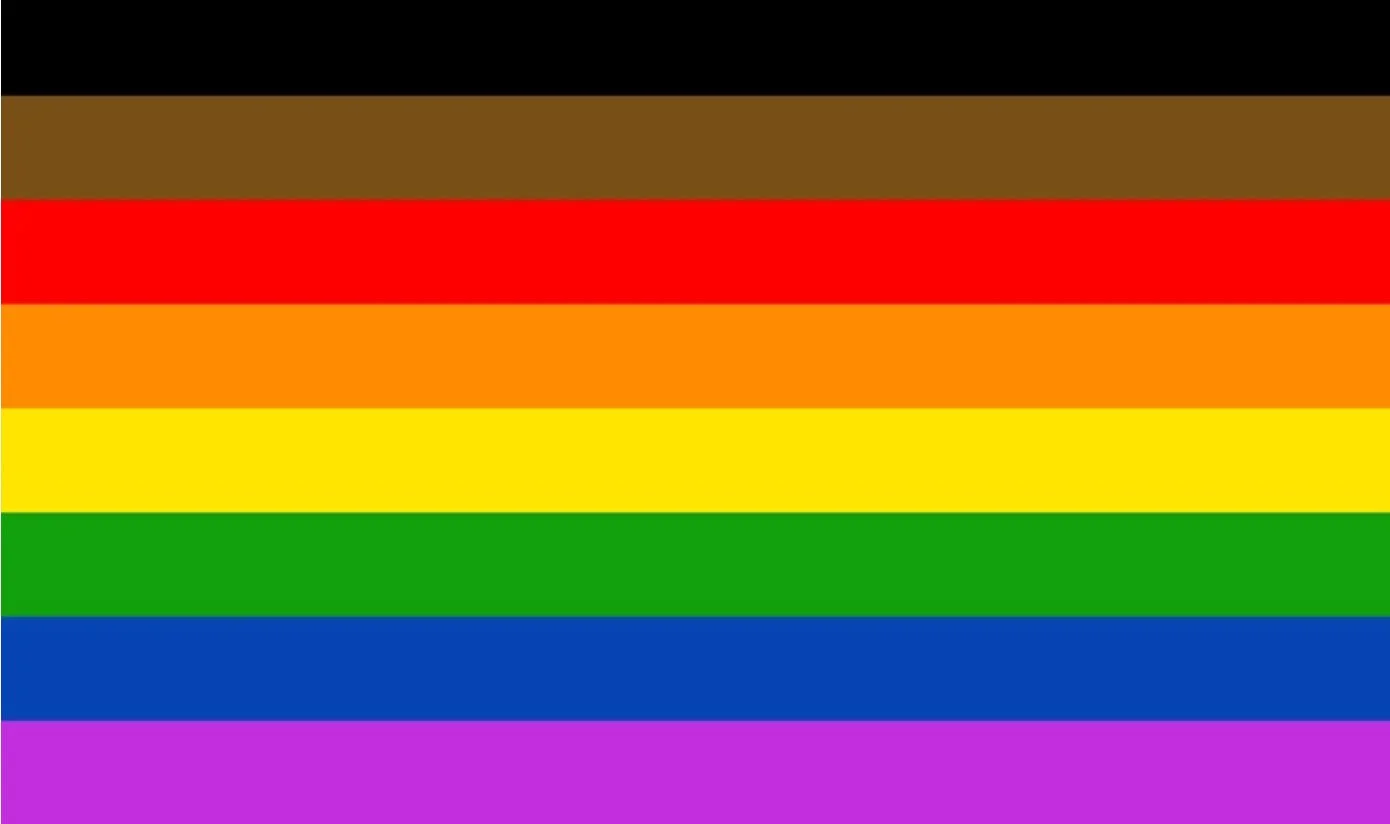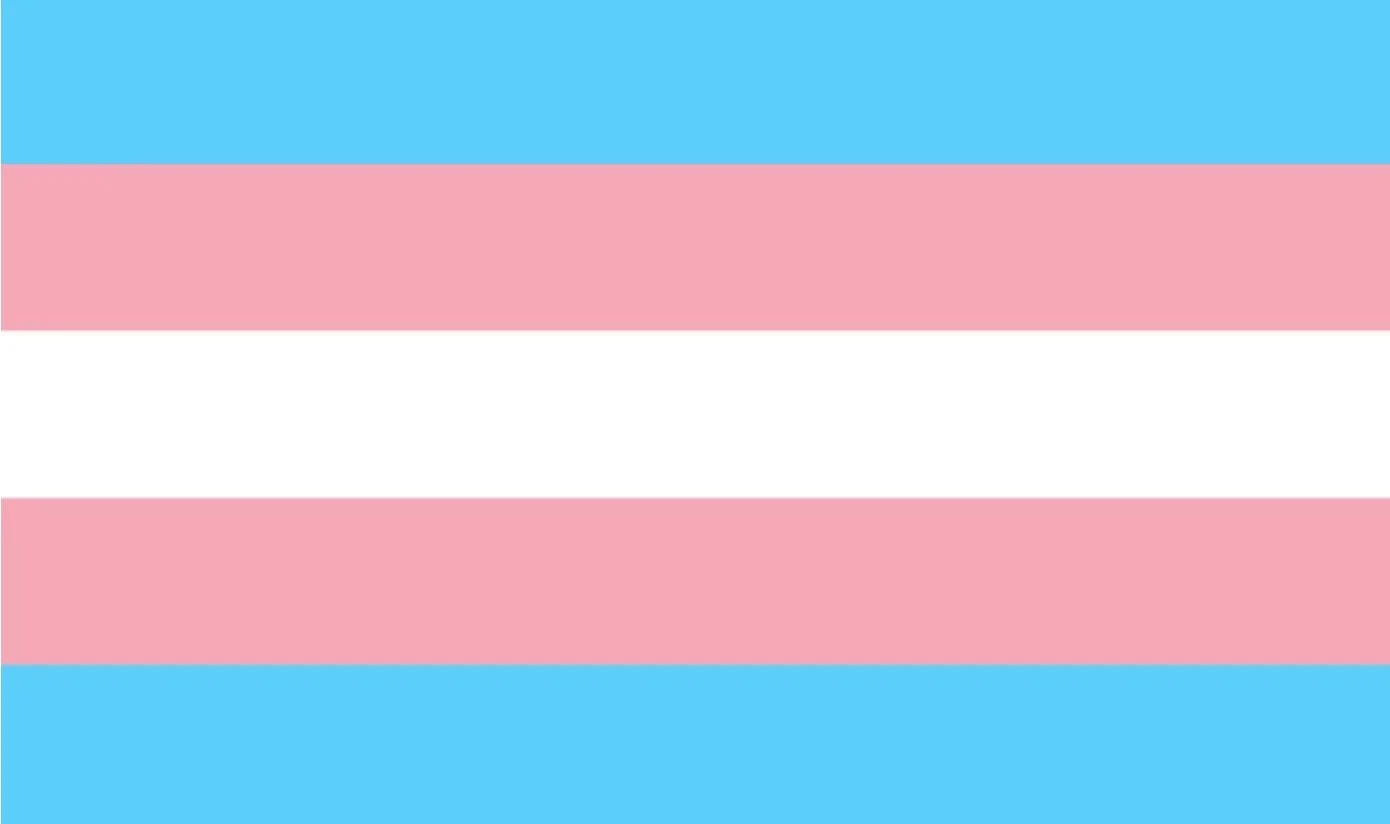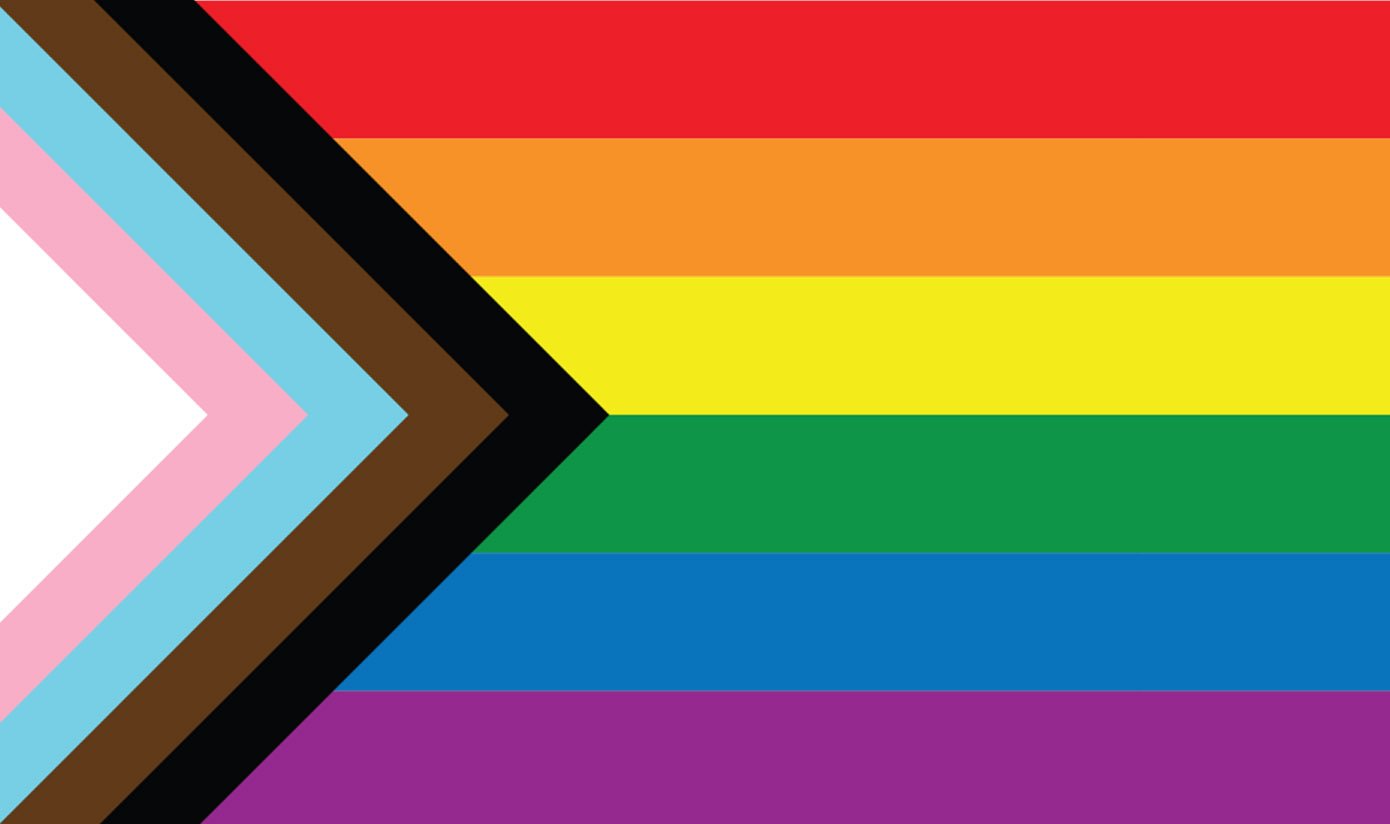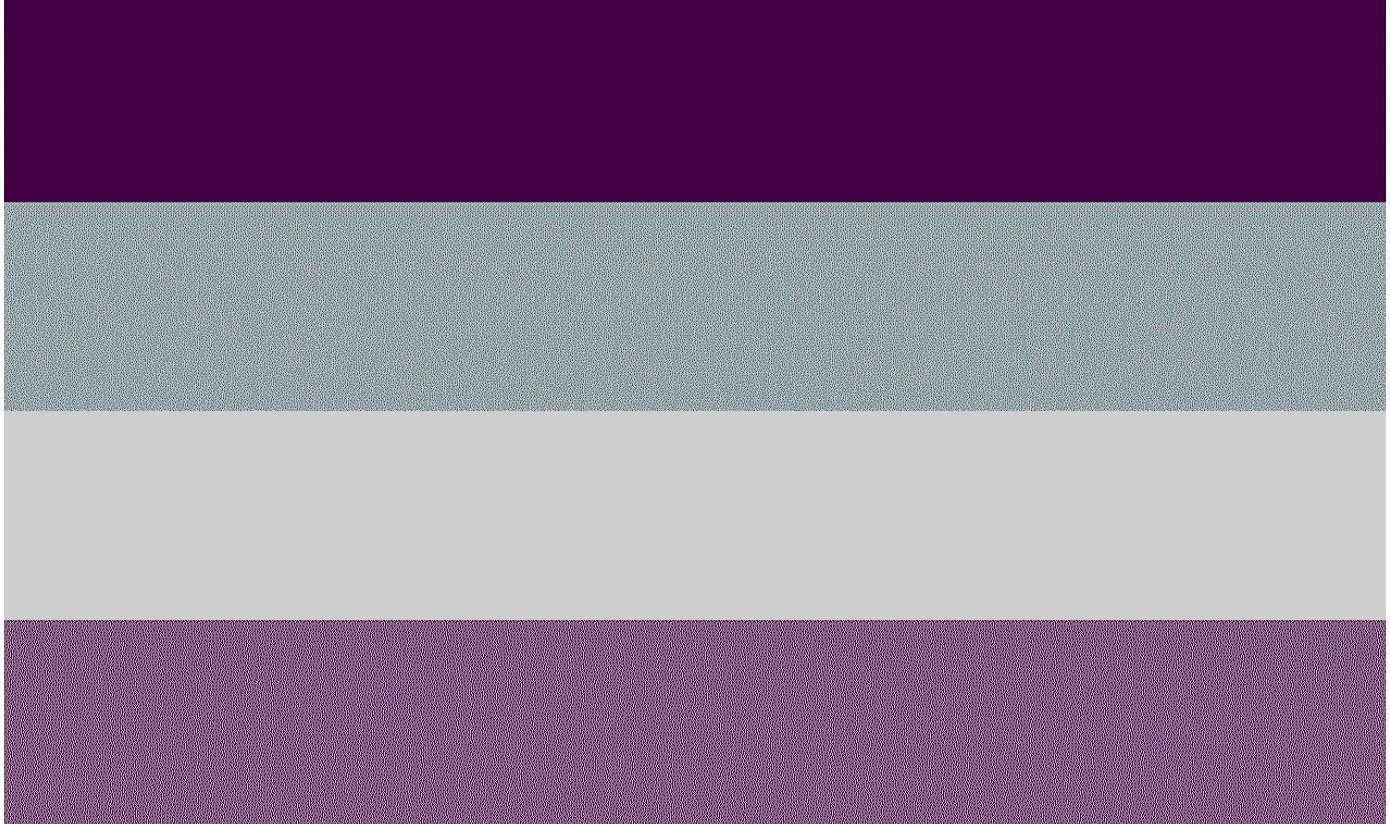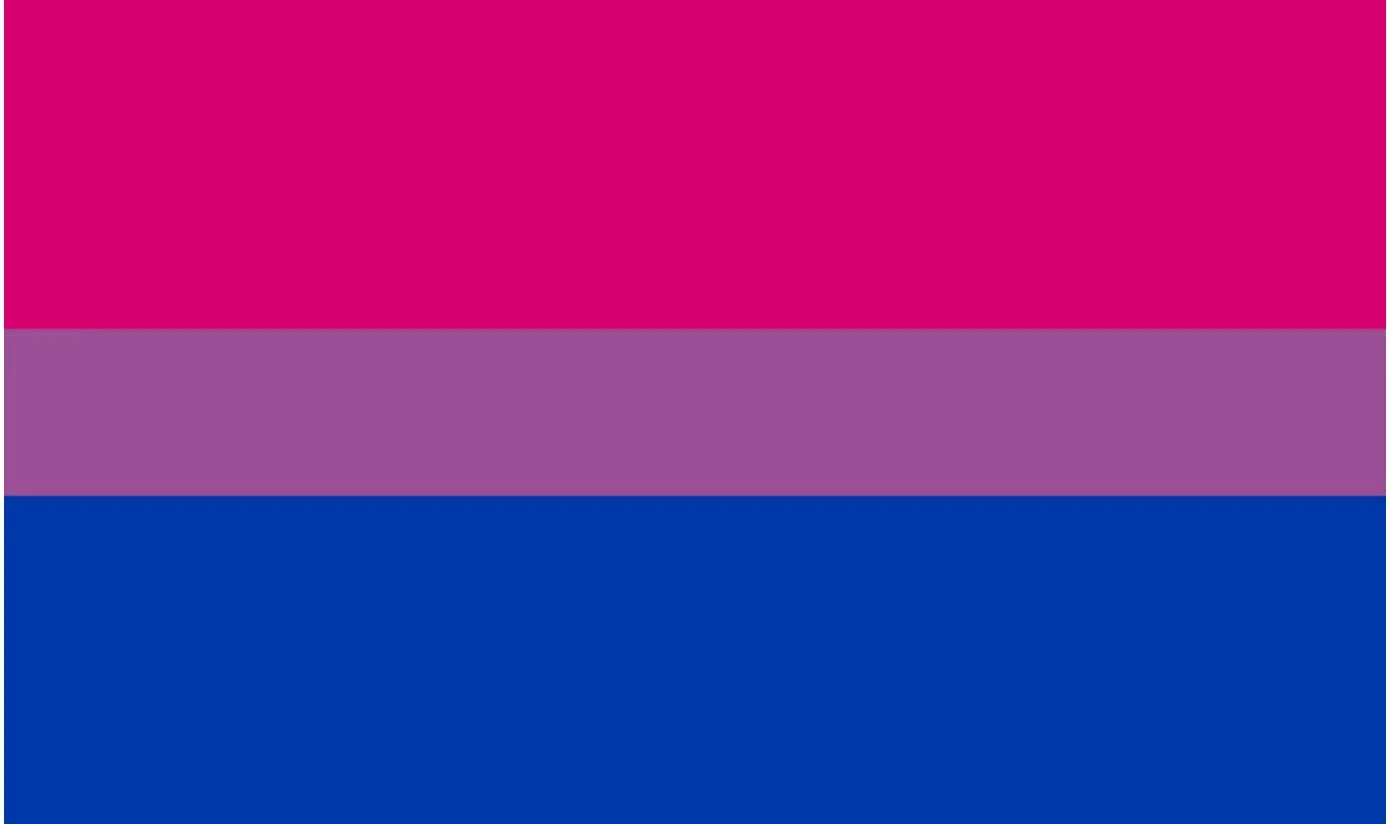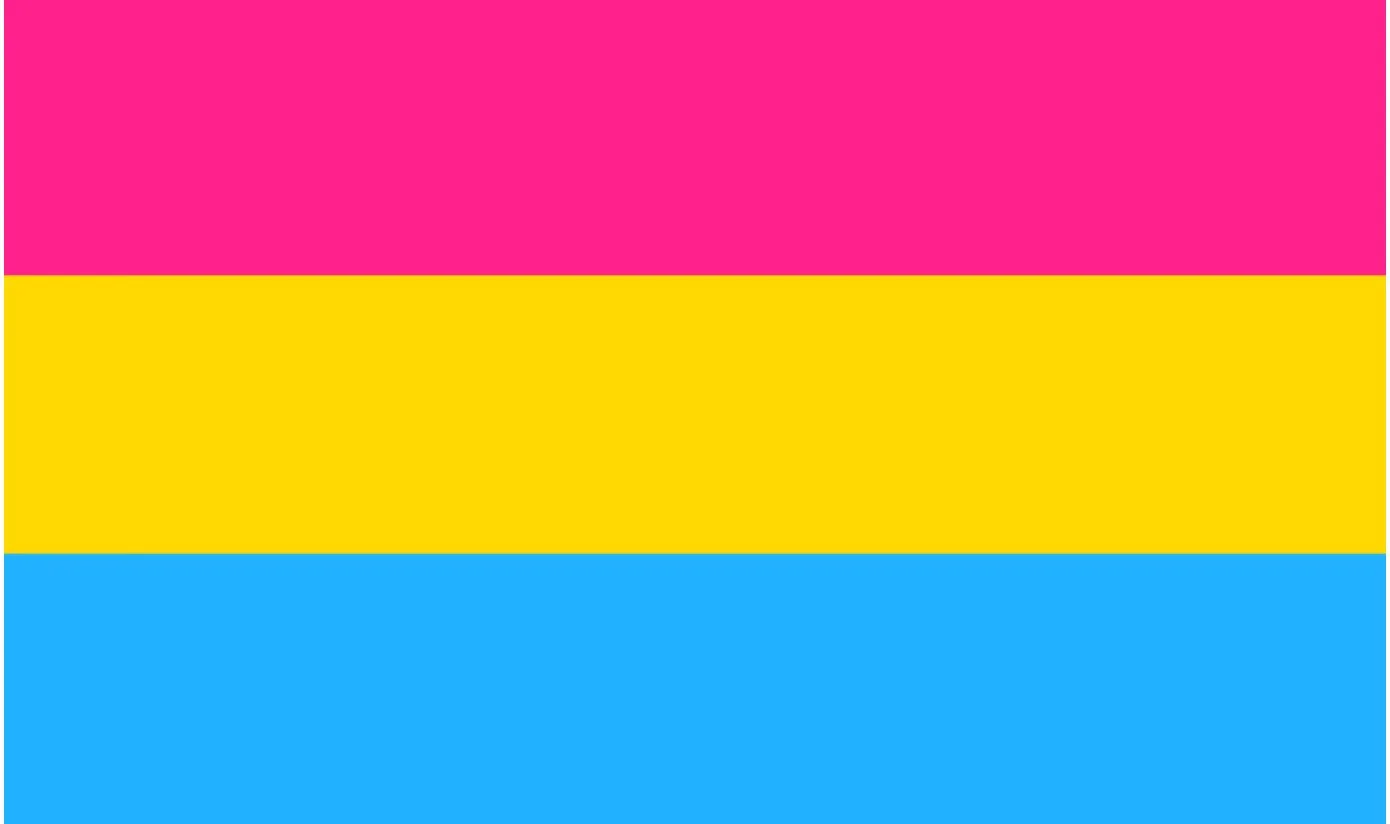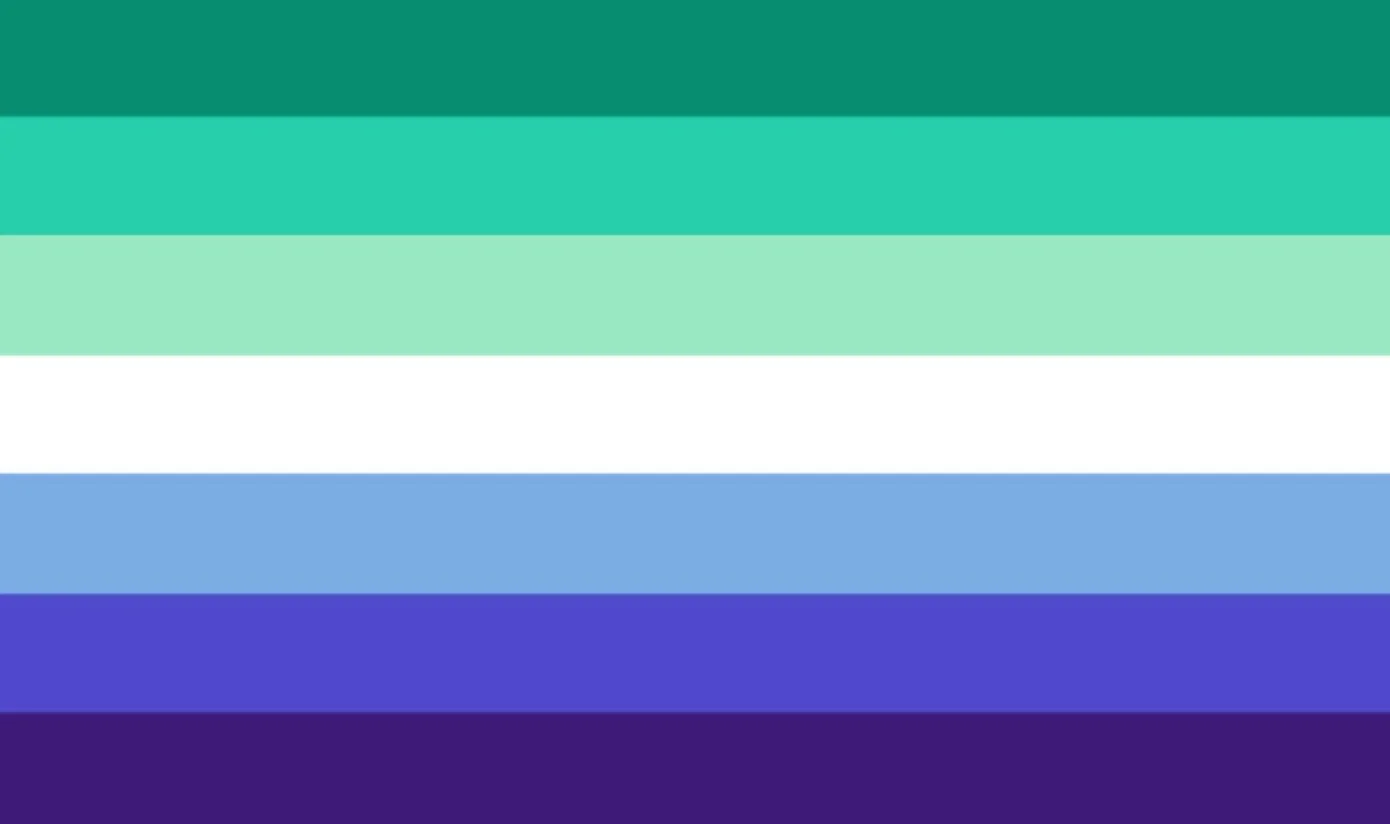Football has the power to unite people
Today the World Cup kicks off… and so does the international press condemning Qatars human rights.
On November 8, Khalid Salman, a 2022 FIFA Qatar World Cup Ambassador, described homosexuality as “damage in the mind” in an interview with ZDF, a TV channel in Germany. He also remarked that being gay is “haram,” which is Arabic for “forbidden.”
On the pitch, the captains of the national teams of Belgium, Denmark, Germany, England, France, the Netherlands, Norway, Wales, Sweden, and Swiss will wear the OneLove armband in their upcoming games. OneLove initially started as a campaign by the Dutch Football Association which emphasizes that all football fans have one thing in common: their love for football. With this message, the creators want to express their support for the unification of all people and at the same time, they want to speak out against all forms of discrimination.
This Post was going to look at the branding of World Cup logos but instead, I decided it is more fitting to look at the design of LGBTQ+ Pride Flags.
The RAINBOW flag is the most commonly used but is not the only flag us by people in the community. In total there are more than 20 different flags.
Whether it's a feeling of belonging, a statement about coming out, or to show their support for the LGBTQ+ community. It was Gilbert Pride Flag, the flag that started it all in 1977.
It was created in 1977 by Gilbert Baker, an artist, activist, and openly gay military veteran. Tasked by Harvey Milk, a historic figure in the fight for LGBTQ rights, to create a flag for the queer community, Baker created a rainbow flag with eight different colors.
Inspired by the classic song "Over the Rainbow" from the 1939 film The Wizard from Oz, Baker created a rainbow flag to represent LGBTQ folks. Each color in the flag also had a specific meaning.
Hot Pink symbolizes sex, Red equals life, Orange symbolizes healing, Yellow stands for sunlight, Green represents nature , Turquoise equals magic & art, Indigo stands for serenity, Violet represents the spirit of LGBTQ people
The 6-Color Pride Flag is one of the most well-known and used LGBT flags throughout history. This flag includes the colors red, orange, yellow, green, indigo, and violet on it.
Hot pink wasn´t included in the fabrication of these flags, because the fabric was hard to find. As the demand for the flag started to rise after the assassination of gay San Francisco City Supervisor Harvey Milk on November 27, 1978.
In 1979, the flag was modified again. Aiming to decorate the streetlamps along the parade route with hundreds of rainbow banners, Gilbert Baker decided to split the motif in two with an even number of stripes flanking each lamp pole. To achieve this effect, he dropped the turquoise stripe that had been used in the seven-stripe flag. The result was the six-stripe version of the flag that would become the standard for future production.
The Philadelphia Pride Flag came out in response to the demand of more inclusivity across the LGBTQ+ community. The flag launches in 2017 as part of the "More Color More Pride" Campaign in Philadelphia and was designed by a small Philly-based PR agency.
The addition of black and brown stripes to the traditional pride flag symbolized people of color, who historically were not always included in aspects of the mainstream gay rights movement.
Lena Waithe, an American actress, wore the Philadelphia Pride Flag as a cape at the 2018 Met Gala. She is a powerful advocate for black people within the entertainment industry and this flag spiked in popularity after she elevated its visibility.
The Transgender Flag was first created in 1999 by Monica Helms, a transgender woman. Light blue and pink are featured because they’re the traditional colors associated with baby boys and girls, respectively. The white stands for those who are intersex, transitioning or those who don´t feel identified with any gender.
Transgender people have a gender identity or gender expression that differs from the sex that they were assigned at birth. According to Amnesty International, 1.5 million transgender people live in the European Union, making up 0.3% of the population. And more than 1.4 million trans adults living in the U.S., which is about 0,5% of the population.
Violence against the queer community affects trans people of color the most. Therefore, the Transgender Flag is so important! The trans community needs representation and resources to be visible without fear.
Given the evolving nature of the LGBTQ+ community and society at large, the Progress Pride Flag integrates many of these flags into one. Thankfully, it has been redesigned to place a greater emphasis on “inclusion and progression.” Our community is such a huge umbrella of different kind of people and that is what makes us so special, that is what makes us so unique and that is what makes us so powerful.
The modern pride flag now includes stripes to represent the experiences of people of color, as well as stripes to represent people who identify as transgender, gender nonconforming (GNC) and/or undefined.
Daniel Quasar’s flag includes the colors of the trans flag, as well as black and brown stripes harkening back to 2017 Philadelphia Pride Flag, which sought to further represent the queer and trans identities of black and brown people. Those two stripes also represent those living with HIV/AIDS, people who have passed from the virus and the overall stigma surrounding HIV/AIDS that remains today.
In 2014, Kye Rowan created the Nonbinary Pride Flag to represent people whose gender identity does not fit within the traditional male/female binary. The colors of the nonbinary flag are yellow, white, purple, and black. The colors each symbolize a different subgroup of people who identify as nonbinary.
Yellow signifies something on its own or people who identify outside of the cisgender binary of male or female. A cisgender person would be a person whose gender identity matches their sex assigned at birth. White, a color that consists of all colors mixed, stands for multi-gendered people. Purple, like the lavender color in the genderqueer flag, represents people who identify as a blending of male and female genders. Finally, black (the absence of color) signifies those who are agender, who feel they do not have a gender.
Some non-binary/genderqueer people use gender-neutral pronouns. Usage of singular 'they', 'their' and 'them' is the most common.
This flag went through a variety of iterations before the current Intersex Flag emerged. Previous versions embraced the rainbow that is often associated with queer pride, while others used colors like blue and pink, which are found on the transgender flag.
In 2013, Morgan Carpenter chose the colors yellow and purple for the intersex flag. Morgan moved away from the rainbow symbolism and selected these colors because neither is associated with the social constructs of the gender binary.
The circle, perfect and unbroken, represents the wholeness of intersex people. It is a reminder that intersex people are perfect the way they are or choose to be.
The Flag for the Asexual Community was created in 2010 by the Asexual Visibility and Education Network. Asexual is the lack of sexual attraction to others, or a low interest in sexual activity, but asexuality can mean different things to different people, it is best to ask each individual what it means to them. For some people, it may mean that they rely on other types of attraction instead of or in place of sexual attraction.
Asexual can be an umbrella term and each color in this flag also represents something unique. Black stands for asexuality. Gray represents demisexuality, for those who develop sexual attraction to someone only after forming a deep emotional bond with them. White stands for the allies of the community. Purple represents the entire community of asexual folks
The Bisexual Pride Flag was created in 1998 by Michael Page. His idea for the flag represents pink and blue blending to make purple. The way that bisexual people can blend into the straight community and the gay community.
The colors of the flag also represent attraction to different genders. The pink symbolizes attraction to the same gender, while the blue represents attraction to a different gender. The purple represents attraction to two or more genders, the definition of bisexuality.
The Pansexual Flag was created in 2010. Pansexuality represents those people who feel attracted to a person without thinking about gender. Pansexual people may refer to themselves as gender-blind, asserting that gender and sex are not determining factors in their romantic or sexual attraction to others. This means that they can feel attraction to those who identify as women, men, both or neither.
The pink on the flag represents attraction to women, blue represents attraction to men, and yellow stands for attraction to those who don’t identify with either gender.
Pansexuality may be considered a sexual orientation or a branch of bisexuality, to indicate an alternative sexual identity. Because pansexual people are open to relationships with people who do not identify as strictly men or women, and pansexuality therefore rejects the gender binary, it is often considered a more inclusive term than bisexual.
The Lesbian Flag is one of the flags fewer people know about. This flag features different shades of pink and sometimes comes with a red kiss on it to represent lipstick lesbians.
This flag was created by Natalie McCray in 2010. Some lesbians oppose this flag because of its exclusion of butch lesbians but no other flag has as much popularity as this one.
In the new flag, the colors represent the following: Darkest Orange: Gender non-conformityMiddle Orange: Independence, Lightest Orange: Community, White: Unique relationships to womanhood, Lightest Pink: Serenity and peace, Middle Pink: Love and sex, Darkest Pink: Femininity
The Abrosexual Pride Flag has existed since 2015. The flag was created by Mod Chad of pride-flags-for-us after another anonymous person requested it. It is unknown why this person chose these colors specifically.
Abrosexual refers to an individual whose sexuality is changing or fluid. For example, someone could be gay one day, then be asexual the next, then polysexual the next. While it is possible - and even common - for a person's sexual identity to shift or change in some way throughout their life, an abrosexual person's sexuality may change more frequently, over the course of hours, days, months, or years. Because of their inconsistent attraction, some abrosexual people may not feel compelled to seek out a relationship or may prefer a wavership.
The timing of the fluctuations is different for every person; for some the fluctuations may be erratic and for others they may be regular. The sexualities that a person fluctuates between also varies. Some abrosexual people may be fluid between all sexualities, while others may only be fluid between a few.
The Gay Men’s Pride Flag is another lesser known pride flag. It features different shades of green, blue, and purple.
This modern gay men’s pride flag is a revamp of an earlier gay men’s pride flag that featured a range of blue tones. That version was problematic because it used colors that were stereotypical of the gender binary.
This updated flag is inclusive of a much wide range of gay men, including but not limited to transgender, intersex, and gender nonconforming men.
The Heterosexual Pride Flag. Straight is most viewed as men attracted to women and women attracted to men. The term "straight" is used to describe for both straight men and straight women. While straight is often used to describe non-LGBT people it is possible for straight people to be part of the LGBT community. For example, they might be transgender. They also might be, asexual heteroromantic, or aromantic heterosexual, which also makes them LGBT.
However, some believe “straight pride” events are simply the latest manifestation of anti-LGBTQ bigotry. Heterosexual pride parades exist as a response to societal acceptance of LGBTQ visibility and originated in campuses in the 1990s as a backlash tactic. Straight pride is a slogan that arose in the late 1980s and early 1990s that has primarily been used by social conservatives as a political stance and strategy. The term is described as a response to gay pride adopted by various groups (later united under the moniker LGBT) in the early 1970s, or to the accommodations provided to gay pride initiatives.
The Straight Ally flag is using the black-white "colors" of the heterosexual flag as a field, it adds a large rainbow colored "A" (for "Ally") to indicate straight support for the Gay Pride/Equal Marriage movement.
A straight ally or heterosexual ally is a heterosexual and/or cisgender person who supports equal civil rights, gender equality, LGBT social movements, and challenges homophobia, biphobia and transphobia. A straight ally believes that LGBT people face discrimination and thus are socially and economically disadvantaged.
Haltoncreative I Branding I Design I Websites

